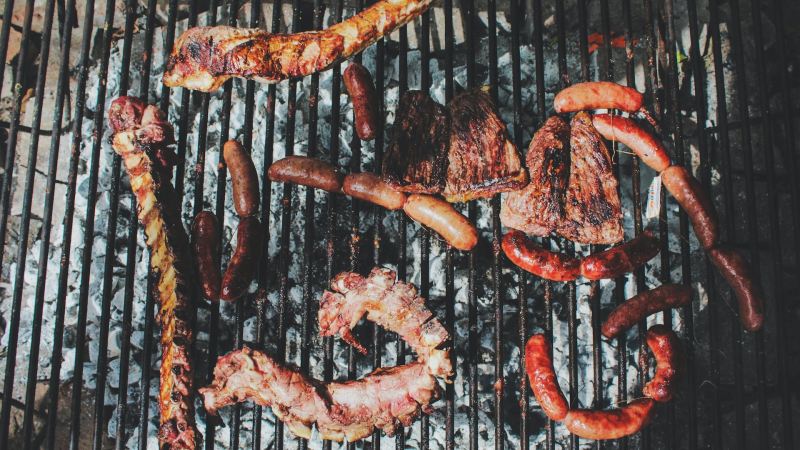The richness of Mexican cuisine is unparalleled. In northern Mexico, beef dishes reign supreme due to a rich history of cattle ranching. In the southern peninsula state of Yucatan, seafood is a way of life. In vibrant and fast-paced Mexico City, diners enjoy al pastor tacos on busy streets. Because of this culinary diversity, it’s no surprise that Mexican barbecue is also a force to be reckoned with.
Mexico has a rich tradition of barbecue that stretches back in time to the period of the ancient Mayans. This historic lineage has fused with European influences to produce a phenomenal style of slow-cooked meat unparalleled in flavor. Keep reading to learn more about Mexican BBQ, its history, and more.
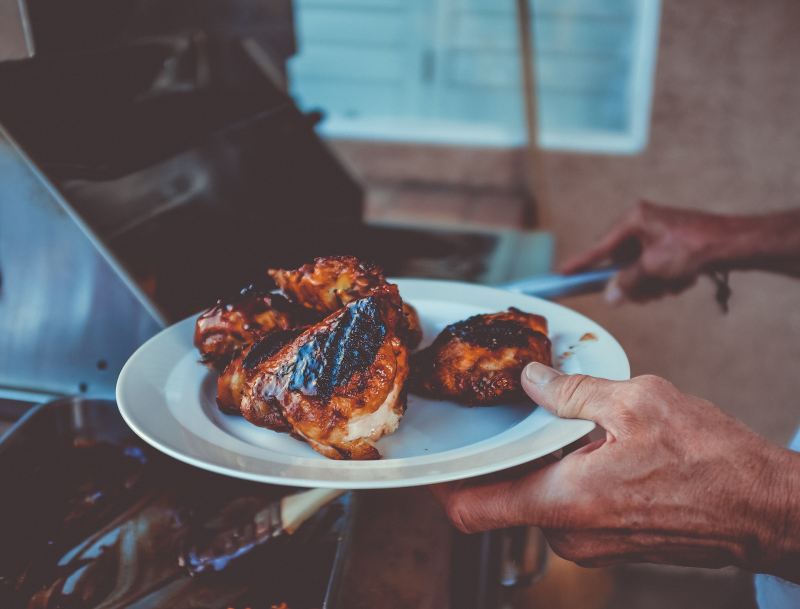
History of Mexican barbecue
Although barbecue is an old tradition in Mexico, it originated from the Taíno people in the Caribbean during the pre-Columbian period. This barbecue style, using a type of underground oven called pibils, migrated over the years from western Mexico to central Mexico. One of the most ancient recipes is barbacoa, a slow-cooked lamb or goat wrapped in agave leaves. There are several theories about the origin of the word barbacoa. Some experts believe it originates from an indigenous word meaning “framework of sticks” or “sacred firepit,” while others believe it derives from de la barba a la cola, Spanish for “from the beard to the tail.”
This style of firepit cooking was a common technique for the ancient Mayans, according to the book Pre-Hispanic Mexican Cuisine: The Food of the Ancient Mexicans. The Mayans preferred to steam-cook their meat in underground ovens for optimal tenderness and flavor. The encapsulating nature of this cooking style restricts the escape of the natural cooking juices and smoke and is a tradition still used throughout modern Mexico.
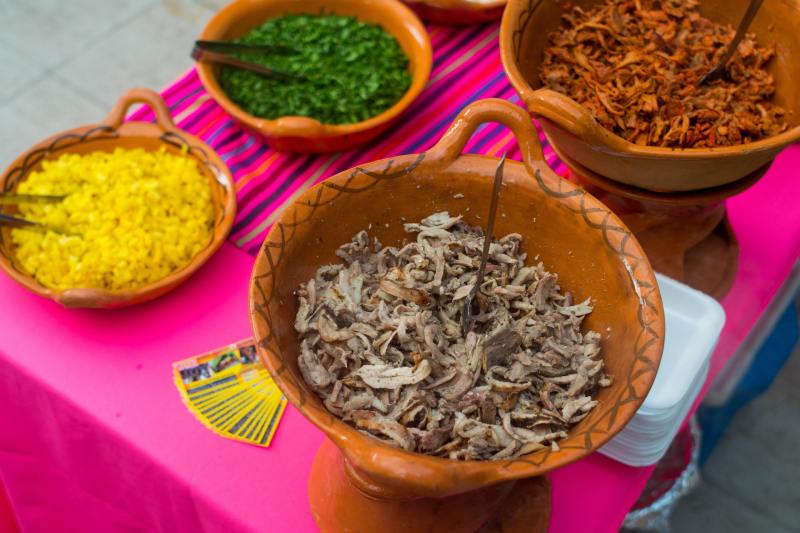
Regional variation
There are many regional styles of Mexican BBQ, but some of the most famous ones are barbacoa and cochinita pibil. For Barbacoa, one of the best places is in the central Mexican state of Hidalgo. In Mexico, barbacoa is typically made with large cuts of lamb or goat and is often eaten for breakfast. Americanized versions of barbacoa will often be made with beef, such as the one served by Chipotle. An authentic barbacoa will not be spicy by itself, instead, it should taste clean with a pure flavor of slow-cooked lamb or goat. The best part about Barbacoa is the variety of textures and flavors, a result of different cuts.
Cochinita pibil is a slow-cooked Yucatan pork specialty. Although red in color, an authentic cochinita pibil shouldn’t be overly spicy. Instead, the flavor of the pork should be sweet, slightly bitter from spices, the result of a combination of garlic, Seville orange juice, spices, and achiote. Another unique flavor of cochinita pibil is its uniquely smoky fragrance, a byproduct of being wrapped and cooked in banana leaves. Traditionally, the Mayan way of cooking cochinita pibil is in a píib, an oven dug from a hole in the ground and heated with a ring of hot stones.
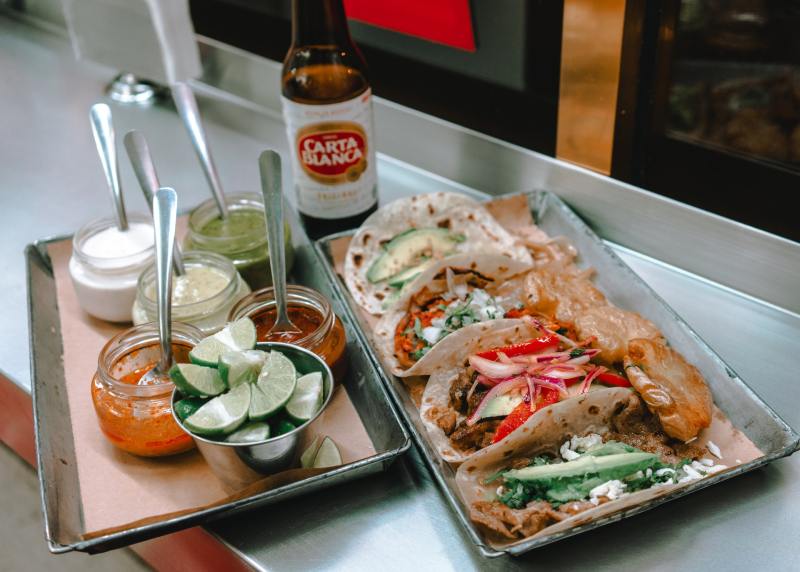
Accompaniments
No Mexican barbecue is complete without a plentiful supply of spicy and zesty salsas. For barbacoa, a variety of spicy to mild salsas are enjoyed with the meat. Most cochinita pibil fans insist on eating it with pickled onions and fiery habanero salsa, a classic combination.
All varieties of Mexican barbecue are usually eaten with soft corn tortillas. If possible, you can make your own tortillas or buy fresh tortillas from a Mexican grocery store near you. Fresh corn tortillas have a delicious fragrance that’s hard to beat. If this isn’t available, ready-made tortillas are perfectly acceptable.
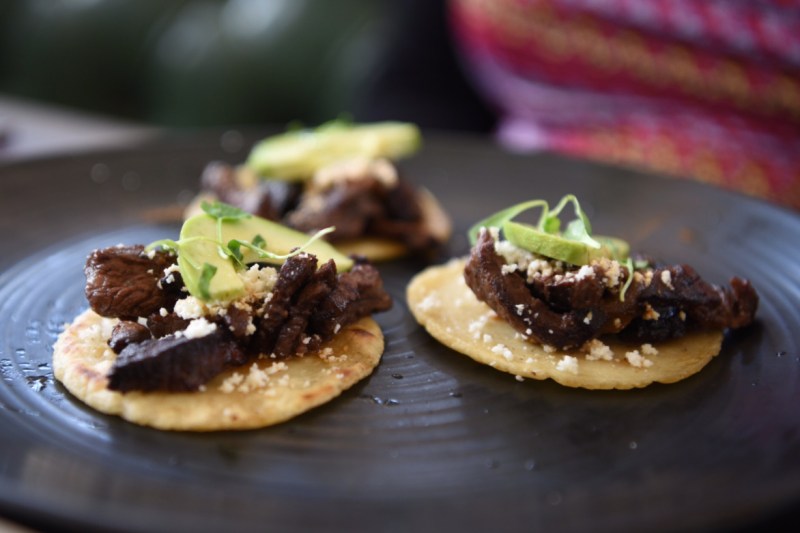
Tecate skirt steak with Morita hot sauce recipe
(By Chef Matt Carter of the award-winning modern Latin American restaurant, The Mission in Scottsdale, Arizona.)
For skirt steak
Ingredients:
- 2 pounds outside skirt steak
- 2 cans Tecate Mexican beer
- 2 limes
- 4-6 cloves garlic, crushed
- 1 bunch cilantro
- 1 tablespoon cracked black pepper
- Salt to taste
Method:
- Trim the skirt steak. Place it in a large bowl or other container.
- Open the beer, pour 1 can over the steak, and add enough of the second can to cover it. Drink the rest.
- Juice limes. Add juice and rind to the skirt steak. Hand-tear the cilantro and add it to the bowl. Add crushed garlic, cracked pepper, and salt, and mix well. Refrigerate for up to 12 hours, minimum
- Char the skirt steak on a grill until desired temperature and slice it as thin as possible against the grain.
For Morita hot sauce
Ingredients:
- 6 Roma tomatoes
- 3-4 cloves garlic, smashed
- 1 yellow onion
- 1 carrot, very small dice
- 4-6 Morita chilies
- 1 tablespoon tomato paste
- 1-2 cups chicken stock or bouillon
- 1/2 teaspoon oregano
- 1/2 teaspoon cumin
- 1/2 teaspoon coriander
- 1/2 teaspoon black pepper
- 1-2 tablespoons lime juice
- 1 teaspoon white wine vinegar
Method:
- Place the onion (skin on) in an oven at 450 degrees Fahrenheit or on a grill and roast it until the center is soft.
- Soak Morita chilies in hot water for 10 minutes or until soft. Remove most seeds and stems.
- Slice the tomatoes in half, and burn the skin under a salamander or broiler. After the skin is burnt, place it in the oven and continue to cook until the size of the tomato shrinks by half.
- In a large saute or saucepan, add a small amount of neutral oil. Bring up to medium heat. Add carrot and garlic. Cook until soft.
- Add all spices and toast.
- Add tomatoes, onions, Moritas, tomato paste, and stock. Simmer for 10-15 minutes.
- Transfer to a high-speed blender. Puree. If desired, finish with lime, vinegar, and salt.
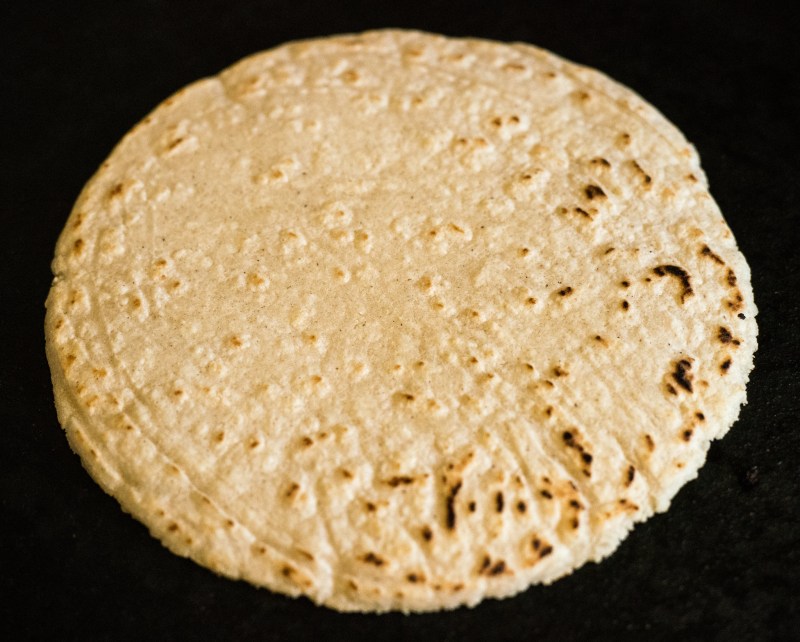
Corn tortilla recipe
While store-bought tortillas are extremely convenient and affordable, there’s just nothing like the authentic, homemade version warm off the skillet. And with just two ingredients, they couldn’t be simpler to make. Take a few extra minutes to whip up a few batches of these bad boys, and we can promise that your Mexican barbecue will go from good to unforgettable.
Ingredients:
- 3 cups masa harina
- 2 1/4 cups water
Method:
-
Heat a cast-iron skillet over medium-high heat.
-
Place the masa harina in a large bowl and add water a bit at a time, mixing with your hands until combined. Knead the dough for 4-5 minutes, adding more water when needed until the dough no longer sticks to the bowl. The texture will have a play-dough consistency.
- Roll dough into small balls, about 2-3 tablespoons each, and then place them between two sheets of plastic wrap. Press gently, forming small disks.
- Using a plate or a tortilla press, press the dough into roughly 5 1/2-inch circles.
- Place the raw tortillas on the hot skillet and cook for about 40-45 seconds on each side, until small brown spots form and the tortilla is slightly puffed.
